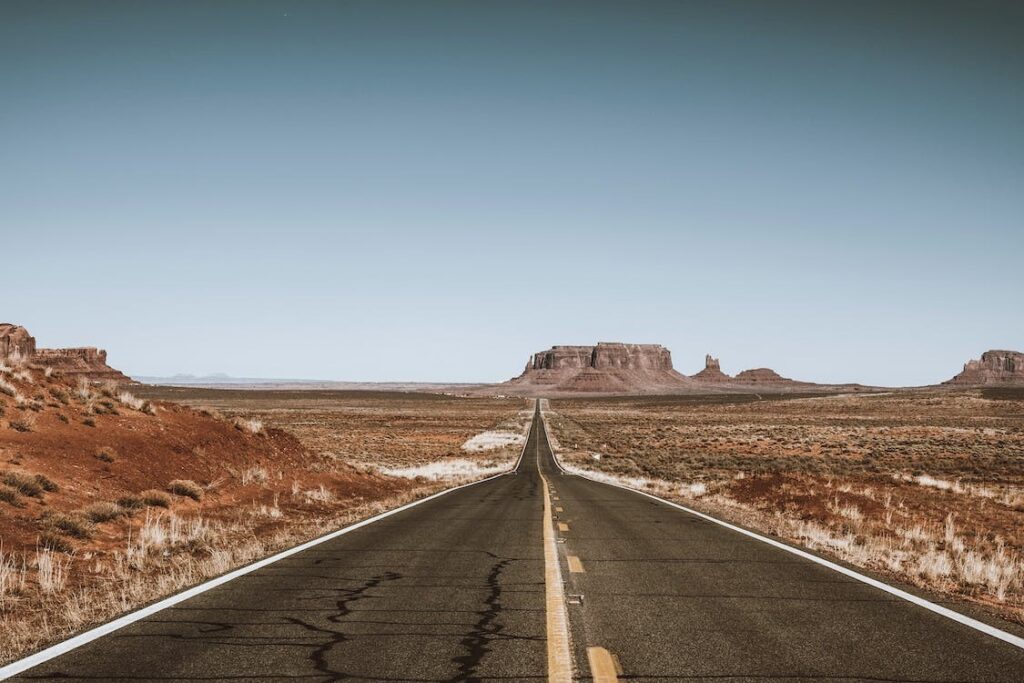When we hear the word “Wild West,” we can’t help but imagine a timeless frontier, a landscape lingering with the intoxicating scent of adventure in the air. With this blog, let’s traverse the Wild West, exploring the sights and sounds of one of the most historic eras in American history.
As we gallop further deep into the Wild West adventure, we’d like you to take a moment and imagine a panorama stretching beyond the horizon. Set your sight to where the amber kisses the landscape. In the scenery, there are rugged mountains, adding to the grandeur of the Wild Wild West.
From the snow-capped peaks of the Rockies to the arid deserts of Arizona, each aspect of the landscape has its own character. Picture standing on the edge of the Grand Canyon, absorbing the sheer magnitude of the chasm beneath your feet. Each cliff tells a tale of a geological history predating a time when outlaws ran amuck, gunslingers wreaked havoc, and people coped with a lifestyle much harsher than the one we know today.
History
When American settlers arrived on the continent to expand westward, areas were sparse and well out of the reach of the government.
But this very expansion came at a price. It was at the cost of the indigenous individuals of North America who were ravaged by guns and diseases. Americans were so hell-bent on expansion that one of the grievances stated by colonists was in the Declaration of Independence, calling out Britain’s restriction on expansion westward.
Following the Homestead Act of 1862 and the American Civil War, more and more pioneers fled to the West. It wasn’t until 1890, after over a century’s rich Western history, the US Census announced that the frontier closed down.
Every place has a culture. What makes the culture in the Wild West interesting is the sheer curiosity about how people lived their lives in a once bustling area.
Culture
In the Wild Wild West, families sought to carve out a living from the rugged terrain. Life began with the establishment of homesteads. From the small wooden cabins against the backdrop of prairies to the silhouette of a mountain range, the atmosphere in the Wild West was so particular that it still sparks mass intrigue, which we see in the form of works of fiction to this very day.
The culture was overall very diverse. American pioneers entered the Old West for business ventures, particularly for the fur trade, establishing farms, building railroads and mines, or working in boom towns. Not only were native-born Americans settling in the West, but immigrants from places like Germany, Ireland, Scandinavia, and even China were also found in the Old West. Subsequently, the diverse public brought many traditions and even religions, from Catholicism and Buddhism to Lutheranism and Methodism. In the Utah Territory, Mormons were in a glaring majority, and polygamy was a widespread practice up until 1980.
Communalism and individualism were also very much active in the West. Many believed in self-dependence. However, on the latter side, pioneers travelling with vast caravans made labor organizations.
The lifestyle was challenging, particularly because the West was mostly rural. People had no choice but to depend on their resources and the communities they interacted with to survive. Medicine was a luxury, and as a result, many suffered from diseases and sickness. Due to the scarcity of resources, people had to work hard to succeed in the West.
This hardworking culture became the region’s catalyst, where farmers and urban workers collaborated to make the Populist Party. This particular party won several western states in 1896.
The Progressive movement, a party that fought for greater rights for the workers, was running the show along the Pacific Coast. Moreover, the dangers in the land weren’t just limited to natural factors.
Conflict
Conflict was a fundamental recurrence in the region, which became a selling point for the Old West novels we all know and love, which is also why it is known as the “Wild” West.
Native Americans fought in resistance to the encroachment of American settlers. These Native Americans were only defeated by the American soldiers. It was a tough time to be alive in the Wild West. Through all the wars, Native Americans were suffering from many diseases and massacres, isolating the inhabitants. The influx of more American settlers didn’t help either, as the colonists began conflicting with the troops.
Since the frontier was a fairly new settlement, most regions had not established legal institutions, which only fueled the fire.
Contrary to what is depicted in movies and books, the Wild West wasn’t always wild. People came together to form communities. There was a great deal of racism, with Mexicans, Native Americans, Asians, and Whites fighting among themselves; that being said, there was also a sense of class solidarity as these races had to interact with each other daily.
Overall, the Western frontier was one of the most historic eras in American history. Unfortunately, most works of fiction fail to remain true when it comes to adapting the sights and sounds of the era with diligence.
This is where author Jedediah Ravine sets the bar high for Wild West adventure stories. Wichita U.S. Marshall is a riveting story involving Wichita, a man who wishes to leave a life of adventure and thrill behind to build a home. He hopes to spend the rest of his life with his wife and son, who are unfortunately taken from him. Jedediah beautifully captures the sights and sounds of the Western frontier in one of the most compelling uses of the audiobook format you will ever see.
Embark on the Wild West adventure, Wichita U.S. Marshall isnow available on Amazon.

